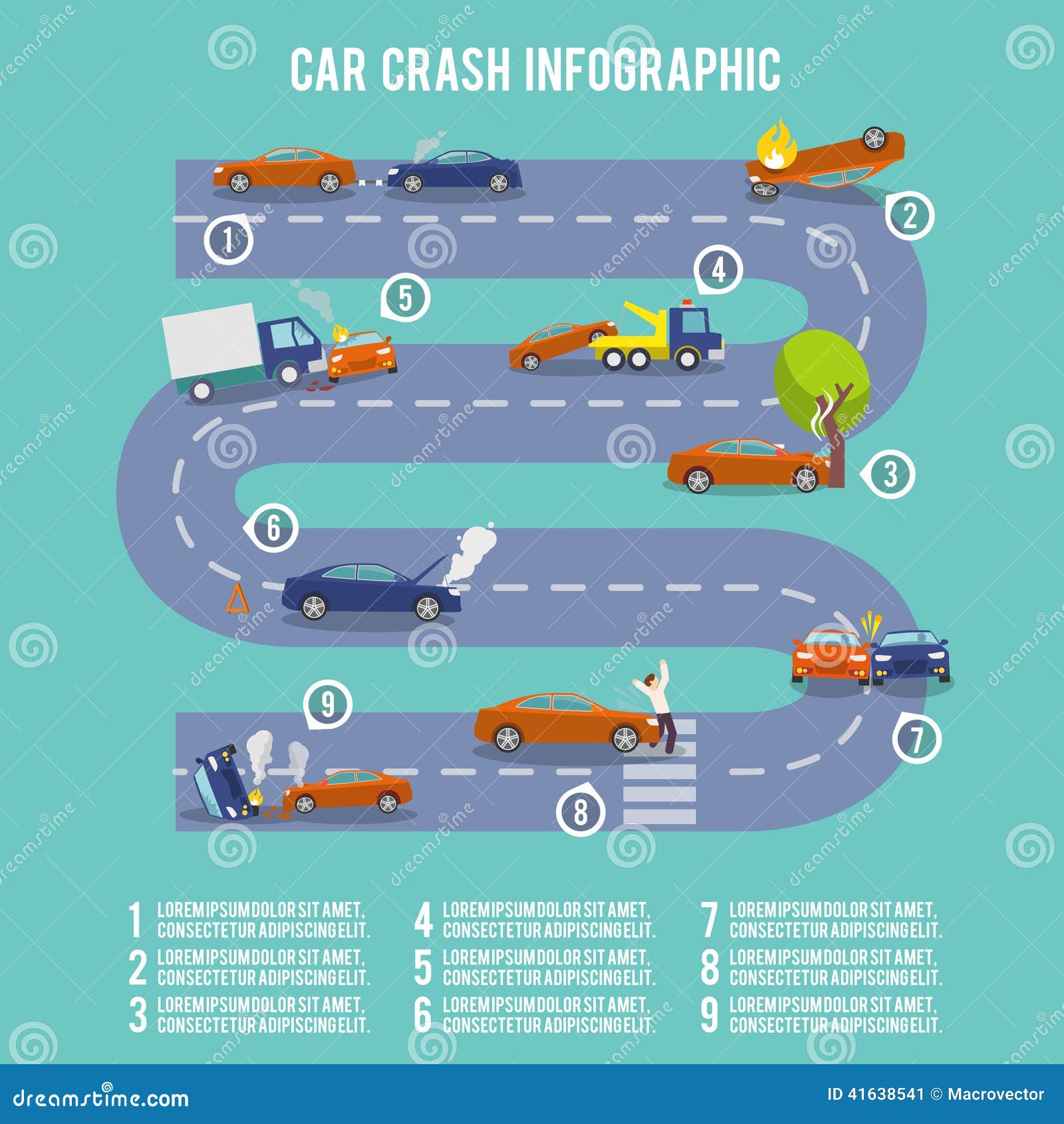Assessing Your Auto'S Warning Indicators: What They Truly Share
Assessing Your Auto'S Warning Indicators: What They Truly Share
Blog Article
Write-Up Produced By-Lim Kejser
When you lag the wheel, those radiant warning lights on your dashboard can be a bit difficult. Do you know what they're attempting to inform you regarding your car's wellness? Comprehending the value of these lights is crucial for your security and the longevity of your automobile. So, the following time among those lights appears, would not you intend to decipher its message accurately and take the required actions to resolve it?
Common Caution Lights and Interpretations
Determine common caution lights in your car and understand their definitions to make sure secure driving.
One of the most regular warning lights include the check engine light, which indicates issues with the engine or emissions system. If this light comes on, it's important to have your vehicle inspected immediately.
The oil stress alerting light indicates reduced oil stress, needing immediate focus to prevent engine damage.
A blinking battery light could suggest a faulty billing system, potentially leaving you stranded otherwise dealt with.
The tire stress tracking system (TPMS) light alerts you to reduced tire stress, influencing vehicle stability and gas performance. Ignoring this can cause dangerous driving problems.
The abdominal muscle light shows a problem with the anti-lock braking system, compromising your capability to stop swiftly in emergency situations.
Finally, the coolant temperature alerting light warns of engine getting too hot, which can cause serious damages if not settled swiftly.
Comprehending these usual caution lights will help you attend to concerns immediately and maintain safe driving problems.
Value of Prompt Attention
Recognizing the common caution lights in your vehicle is just the initial step; the significance of promptly resolving these cautions can't be stressed sufficient to guarantee your safety and security when traveling.
When a warning light brightens on your dashboard, it's your vehicle's way of communicating a potential concern that needs focus. Overlooking these warnings can result in more extreme troubles later on, jeopardizing your safety and security and potentially costing you more in repairs.
Trigger focus to cautioning lights can prevent break downs and mishaps. As an example, a flashing check engine light might suggest a misfire that, if left ignored, can create damages to the catalytic converter. Addressing this promptly can save you from a pricey repair.
Likewise, a brake system warning light could indicate reduced brake liquid or worn brake pads, vital components for your safety when driving.
Do It Yourself Troubleshooting Tips
If you discover a caution light on your control panel, there are a few do it yourself repairing tips you can attempt prior to looking for expert aid.
https://www.kbb.com/car-advice/road-trip-vehicle-safety-tips/ is to consult your auto's handbook to comprehend what the certain caution light shows. Often the concern can be as easy as a loose gas cap triggering the check engine light. Tightening up aj detailing may settle the problem.
One more common problem is a reduced battery, which can cause numerous warning lights. Inspecting the battery connections for deterioration and ensuring they're safe and secure may deal with the trouble.
If a warning light persists, you can attempt resetting it by disconnecting the vehicle's battery for a few minutes and afterwards reconnecting it. In car interior detailing , inspecting your automobile's fluid degrees, such as oil, coolant, and brake fluid, can help fix alerting lights associated with these systems.
Verdict
Finally, comprehending your car's caution lights is important for keeping your lorry running efficiently and securely. By promptly attending to these notifies and understanding what they indicate, you can prevent costly fixings and possible breakdowns.
Keep in mind to consult your vehicle's manual for particular details on each advising light and take action accordingly to make certain a hassle-free driving experience.
Stay educated, stay risk-free on the road!
